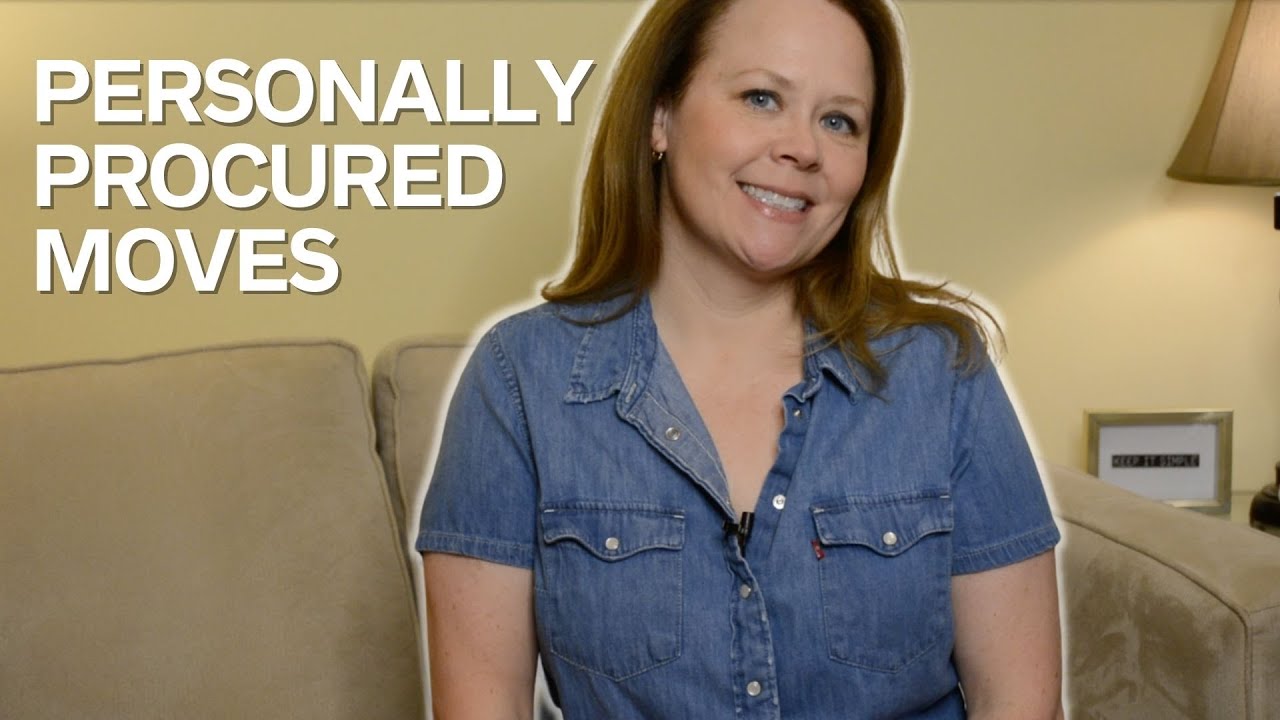Understanding Military POV Moves in Mexico
Moving personal vehicles (POVs) as part of a military move to, from, or within Mexico presents unique challenges and opportunities for service members and their families. In an effort to make the transition smoother, the Mexican government, alongside U.S. military logistics, has developed specific protocols. It is essential to familiarize yourself with these guidelines to ensure a seamless process. This involves understanding the necessary documentation, import regulations, and the support system in place for military personnel.
Firstly, it is crucial to comprehend the registration process for bringing a POV into Mexico. The vehicle must meet certain environmental and safety standards, and you will need to provide proof of ownership, such as a title or registration that is in your name. Additionally, insurance coverage that is valid in Mexico is mandatory. Military members must often coordinate with their unit’s transportation office to manage the legal and logistical hurdles of registering and moving their vehicle.
Moreover, the intricacies of the actual move require attention. Depending on your circumstances, the government may cover the cost of shipping your vehicle. However, there might be limitations on the size and type of vehicle that can be moved at the government’s expense. Military personnel should obtain detailed information from their transport management office and plan accordingly, as exceeding these limitations could result in out-of-pocket expenses.
Finally, upon arrival in Mexico, it is important to be aware of local driving laws and regulations. Road conditions and traffic laws can differ significantly from those in the United States or other countries. Military members and their families will benefit from learning about these differences through orientations offered by their respective military bases or through resources provided by the transportation office. Understanding these local nuances can prevent legal issues and ensure that service members can navigate Mexico safely with their POVs.
Eligibility and Requirements for Military POV Moves
Understanding Eligibility for POV Transportation
Transporting a Privately Owned Vehicle (POV) during military moves across or outside of Mexico requires a clear understanding of eligibility criteria. Primarily, the service member must be on official government orders for Permanent Change of Station (PCS), deployment, or authorized temporary duties. It is imperative that these orders reflect the authorization or entitlement to move the service member’s vehicle as part of the relocation process.
Required Documentation for POV Moves
Before arranging a POV move, military personnel must gather all necessary documentation. The list includes but is not limited to valid military identification, orders for relocation, vehicle registration, and proof of insurance. Additionally, the service member must provide a power of attorney if another individual will be handling the vehicle shipment on their behalf. Failure to present complete documentation can result in delays or inability to move the POV.
Vehicle Condition and Preparation
An often overlooked aspect of preparing for a POV move is ensuring that the vehicle meets the required condition standards. The vehicle must be in operable condition and should not contain any hazardous materials. Personal belongings inside the vehicle should be limited as specified by transportation guidelines—typically, no more than 100 pounds of items. It is also essential to disable alarm systems and remove toll tags to prevent unnecessary battery drain and toll charges during transit.
Insurance and Liability Coverage
Understanding the insurance coverage and liability policies is crucial for service members when moving their POV. While the government typically provides some level of insurance during transportation, it is the responsibility of the vehicle owner to ensure that their vehicle is adequately covered against potential in-transit damage or loss. Service members are encouraged to consult with their insurance provider to understand coverage limits and possibly augment their policy for the move.
Size and Weight Restrictions
Lastly, there are size and weight restrictions that must be adhered to when transporting a POV within the military’s guidelines. Generally, vehicles exceeding a certain size or weight may not qualify for transport, or could incur additional fees. Service members must confirm the restrictions with their Transport Coordinator and verify whether their vehicle meets the criteria set by the transportation authorities or if special arrangements must be made.
Preparing Your Vehicle for Military POV Transportation
When it comes to preparing your privately owned vehicle (POV) for military transportation, there are several steps you should follow to ensure that your car is ready for the journey. Proper preparation not only secures your vehicle during transit but also adheres to the regulations set forth by military transport services. This guide aims to assist you in the process by providing the necessary information to get your POV transport-ready.
Documentation and Vehicle Eligibility
Before you do anything else, make sure that your vehicle is eligible for transport and that you have all the necessary documentation in order. This includes your orders for relocation, vehicle registration, proof of insurance, and any power of attorney if someone else will be handling your vehicle in your absence. The military sets strict guidelines for the types of vehicles that can be shipped, and your POV must meet these requirements to be accepted for transportation.
Cleaning and Maintenance Check
It’s vital to clean both the interior and exterior of your vehicle thoroughly. Not only is it required, but a clean car will make it easier for inspectors to assess its condition before and after transport. Remove all personal belongings and trash, as these items are not allowed to be transported with the vehicle. Additionally, perform a maintenance check to ensure that your car is in good working order – check fluid levels, tire pressure, and battery charge. These steps help prevent any issues from arising during the transportation process.
Safety and Security Precautions
Safety is a paramount concern. Disable any alarm systems to prevent them from activating during transport. Moreover, ensure that the vehicle is secure; the windows should be closed, and the doors should be locked upon handing over the vehicle. Do not leave spare keys inside the car. All antennas must be fully retracted or removed where possible. If you have any non-standard add-ons or modifications, like spoilers or roof racks, consider removing them if they might pose a risk during transit.
Photographic Evidence
Before turning your vehicle over, take date-stamped photos from various angles and make note of any existing damage. This includes any scratches, dents, or mechanical issues. Having a well-documented condition report can ease any potential disputes upon delivery, ensuring you have evidence in the event of a transport-related damage claim. Share a copy of this documentation with the transport officer for their records.
Remember, the key to a smooth vehicle transport lies in the details of preparation. Taking these steps seriously will help ensure that your POV arrives in its destination safely, and you can begin your military duties without delay or concern over your vehicle.
Tracking Your POV During Transit
When it comes to private transportation in Mexico, one aspect of the service that consistently concerns customers is the ability to track their privately owned vehicle (POV) during its journey, whether it is being moved across cities or within the same urban area. Fortunately, modern technology has empowered private transportation companies to offer sophisticated tracking solutions that allow for real-time location updates. This not only assures customers about the safety of their vehicle but also provides them with valuable insight into the transit process.
Real-Time GPS Tracking
The backbone of any reliable tracking system is GPS technology. Most private transportation services equip their vehicles with state-of-the-art GPS devices that transmit the vehicle’s location at regular intervals. Customers can typically access this information through a secure online platform or mobile app provided by the transporter. By utilizing real-time GPS tracking, customers can see the exact location of their POV and estimated times of arrival, offering them peace of mind during the transit period.
Notification Systems
To enhance the tracking experience, private transportation services may also include automatic notification systems. These systems are designed to send out instant alerts via SMS or email in the event of significant transit updates such as departure, arrival, or any unforeseen delays. This feature ensures that customers are not left in the dark at any point and can plan accordingly if any changes occur.
Customer Support
Even with advanced tracking technologies, customers might have questions or require assistance. That’s why a robust customer support system is an integral part of tracking your POV during transit. Private transportation companies often offer 24/7 customer support to address any concerns or inquiries that might arise. Customers can reach out through phone calls, live chat, or email to get the latest updates or assistance with the tracking process.
Security Measures
While tracking technology is at the forefront of customers’ concerns, it is closely followed by the need for security. Reliable transportation services also provide detailed logs of each vehicle’s movements and employ security measures such as geofencing, which alerts the service provider if a vehicle goes beyond predetermined boundaries. This level of detail and control goes a long way in preventing theft and ensuring that the POV reaches its destination safely.
In conclusion, tracking your privately owned vehicle during transit is a service that provides not just information, but also assurance and control. With real-time updates, comprehensive notification systems, round-the-clock customer support, and stringent security measures, private transportation services in Mexico show their commitment to customer satisfaction and vehicle safety.
FAQs: Common Questions About Military POV Moves in Mexico
What is a Military POV Move?
A Military Personally Owned Vehicle (POV) move is the process by which service members can ship their personal vehicles at government expense when they receive Permanent Change of Station (PCS) orders. In Mexico, as with other international locations, specific regulations and procedures must be followed to ensure a smooth transition.
Are there any restrictions on the types of vehicles that can be shipped?
Certain limitations apply to the vehicles eligible for shipment under a Military POV move. Generally, the vehicle must be licensed, registered, and insured. It must also meet the Mexican environmental and transportation regulations. Oversized vehicles and those not meeting emissions standards may face additional challenges or be ineligible for import.
How should I prepare my vehicle for shipment to Mexico?
When preparing your vehicle for shipment, all personal items should be removed, only the spare tire, jack, and tools that came with the vehicle may remain. Additionally, the fuel levels should be lowered to a quarter tank or less for safety purposes. Documentation, such as proof of ownership and PCS orders, will also be required.
Is it possible to track the shipment of my POV?
Yes, most contracted carriers offer tracking for your vehicle’s shipment. Upon handing over your vehicle for transportation, you will receive information on how to track your POV, enabling you to stay informed about the transit status throughout the journey.
What should I do if my vehicle is damaged during shipment?
If you notice any damage upon receiving your vehicle in Mexico, report it immediately to the Transportation Service Provider (TSP) and your military claims office. Thoroughly document all damage and file a claim as per the guidelines provided. Keep in mind claims should be filed promptly for timely resolution.
Martin Weidemann is a digital transformation expert and entrepreneur with over 20 years of experience leading fintech and innovation projects. As a LinkedIn Top Voice in Digital Transformation and contributor to outlets like Forbes, he now brings that same expertise to travel and mobility in Mexico City through Mexico-City-Private-Driver.com. His focus: trustworthy service, local insights, and peace of mind for travelers.



